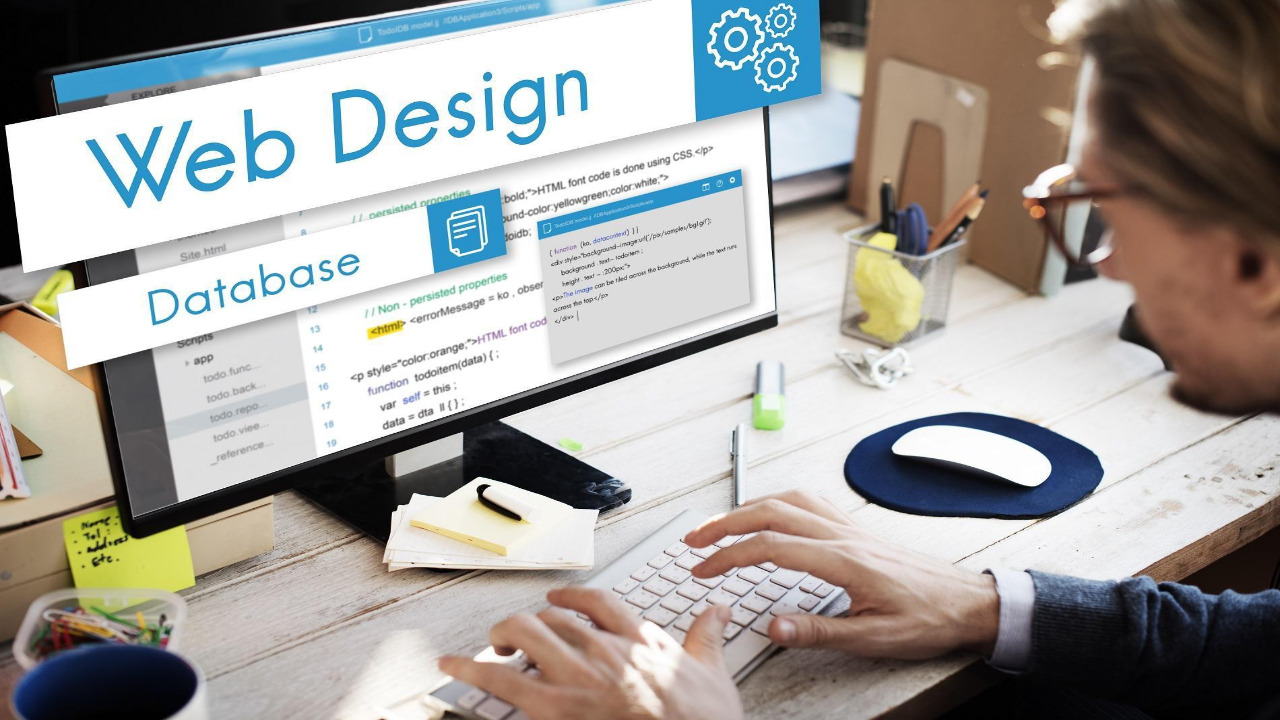
Insurance Website Design: Must-Have Elements and Best Practices
In an era dominated by online interactions, insurance providers are increasingly recognizing the pivotal role of a well-designed website in establishing a robust digital presence. The evolution of insurance website design goes beyond aesthetics; it encompasses the seamless fusion of functionality, security, and user engagement. Navigating the intricate landscape of insurance offerings demands an interface that not only educates but also empowers users to make informed decisions about their coverage. For example, individuals seeking clarity on complex policy disputes may find value in a dedicated section featuring resources and guidance from a car insurance lawyer. For this reason, in this exploration, we delve into the must-have elements and best practices that define a compelling insurance website, ensuring it serves as a reliable digital hub for secure coverage.
User-Friendly Interface and Navigation

In the realm of insurance website design, user-friendliness is paramount. Visitors should be able to navigate the site effortlessly to find the information they need. Implementing a clean and intuitive interface is crucial for a positive user experience. Utilize a well-organized menu structure with clearly labeled sections for different types of insurance, policy details, and contact information.
Integrate responsive design principles to ensure the website adapts seamlessly to various devices, including smartphones and tablets. With the increasing prevalence of mobile browsing, an insurance website must be optimized for smaller screens, allowing users to access information on the go. User-friendly navigation enhances engagement and encourages visitors to explore different facets of your insurance offerings.
Clear and Concise Information Presentation
Insurance can be complex, and consumers often need clear, concise information to make informed decisions. Employ an easily digestible content layout, using headings, subheadings, and bullet points to break down information. Clearly articulate the types of insurance coverage available, policy details, and any associated costs.
Visual elements such as infographics, charts, and icons can enhance the presentation of information, making it more engaging and memorable. Avoid overwhelming users with excessive text and provide links to more detailed information for those who seek it. A well-structured content presentation fosters transparency and builds trust with potential clients.
Interactive Tools and Calculators

Integrating interactive tools and calculators into an insurance website can significantly enhance the user experience. Provide tools that allow visitors to estimate insurance premiums and coverage needs or compare different policy options. Interactive features not only engage users but also empower them to make more informed decisions about their insurance needs.
Consider incorporating chatbots for instant assistance and frequently asked questions (FAQs) sections to address common queries. These features can streamline the customer journey and make the insurance-buying process more user-friendly. Interactive tools demonstrate a commitment to customer support and can differentiate your insurance website from competitors.
Secure and Trustworthy Design
Security is a top priority for insurance websites, given the sensitive nature of the information exchanged. Implement robust security measures to protect user data and ensure secure transactions. Clearly communicate your commitment to privacy and data protection through the use of SSL certificates and trust badges. These elements not only enhance security but also instill confidence in visitors.
Feature client testimonials, industry certifications, and affiliations prominently on the website to build credibility. A visually appealing and professional design, coupled with transparent communication about security measures, establishes trust with potential clients. Prioritize transparency in policy details, terms, and conditions to further reinforce your commitment to ethical business practices.
Call-to-Action (CTA) Optimization
Effective CTAs are pivotal in converting website visitors into customers. Strategically place CTAs throughout the website, guiding users toward key actions such as getting a quote, contacting an agent, or initiating the application process. Use compelling language that conveys a sense of urgency and emphasizes the benefits of taking action.
Optimize CTAs for visibility with contrasting colors, clear typography, and appropriate placement. A/B testing different CTA variations can help identify the most effective elements for your specific audience. Additionally, ensure that contact forms and application processes are straightforward, minimizing friction and encouraging users to complete desired actions.
https://www.youtube.com/watch?v=06jf_fh3JVs&ab_channel=AdamErhart
In conclusion, designing a successful insurance website requires a thoughtful combination of user-centric elements, clear communication, interactive features, and a commitment to security. By prioritizing these aspects, insurance providers can create a digital presence that not only attracts visitors but also converts them into satisfied customers.
